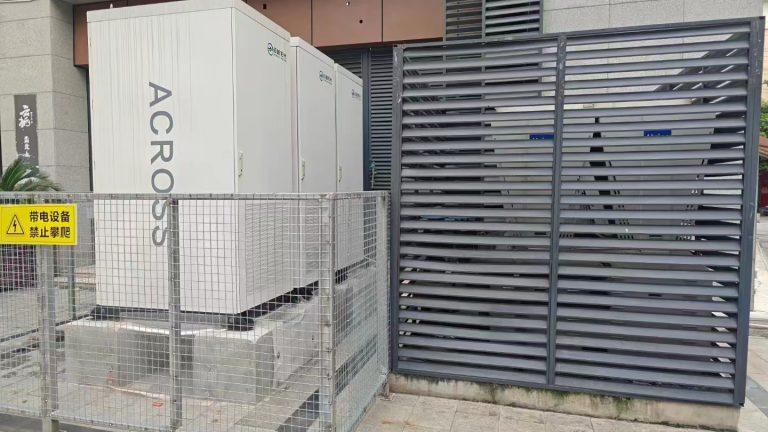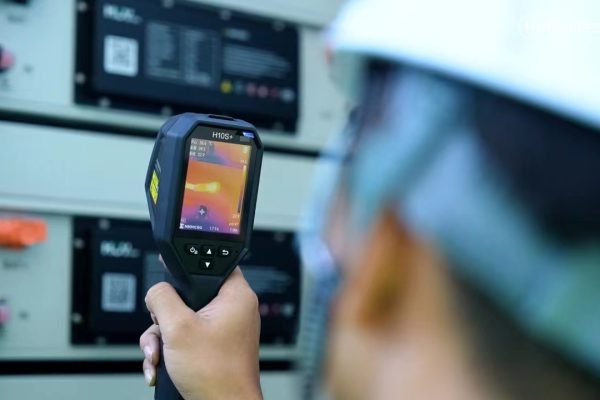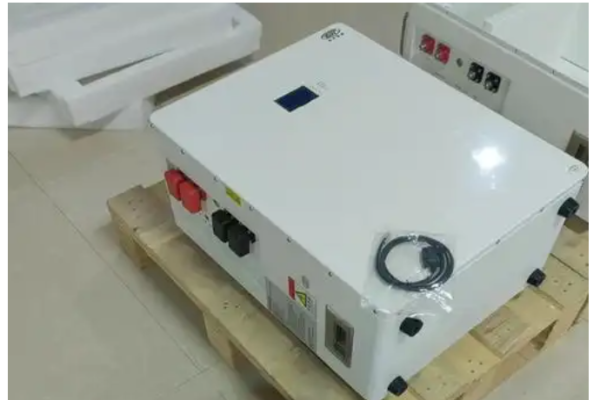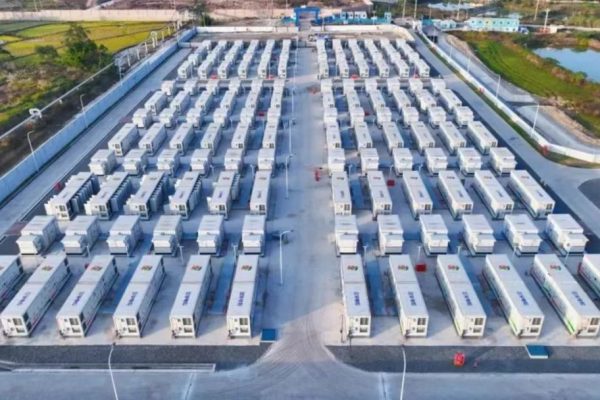Why This Distinction Matters
In the energy storage system (ESS) export market, buyers often confuse two important metrics: cycle life and warranty years. While related, they measure different aspects of product value. Exporters who can explain the distinction clearly help buyers make informed decisions, reduce misunderstandings, and strengthen trust in international negotiations.
1. What Is Cycle Life?
- Definition: The number of complete charge/discharge cycles a battery can deliver before capacity falls below a specified level (usually 80%).
- Measurement: Expressed as a number of cycles (e.g., 6,000 cycles at 80% depth of discharge).
- Buyer Impact: Indicates how long the system can perform before significant degradation.
Exporter Tip: Relate cycle life to daily usage scenarios—for example, 6,000 cycles equals roughly 16 years at one cycle per day.
2. What Are Warranty Years?
- Definition: The contractual period during which the manufacturer guarantees product performance and replacement support.
- Structure: May cover specific parameters like minimum remaining capacity (e.g., 70% after 10 years).
- Buyer Impact: Provides financial and operational security but does not necessarily equal actual cycle life.
Exporter Tip: Emphasize that warranty is a legal and financial promise, while cycle life is a technical expectation.
3. Why Buyers Confuse the Two
- Similar Timeframes: Many warranties are 8–12 years, close to typical cycle-life expectations.
- Simplified Marketing Claims: Some suppliers present them interchangeably.
- Non-Technical Buyers: Importers, distributors, or financiers may not understand the difference.
Exporter Tip: Use clear visuals (tables or charts) to separate warranty coverage from cycle life.
4. Regional Buyer Perspectives
- Europe: Buyers prioritize warranty as a guarantee of long-term project viability.
- North America: Financial stakeholders want both warranty years and cycle life clearly quantified in ROI models.
- Middle East: Harsh climates make warranty terms critical, especially regarding heat-related degradation.
- Asia-Pacific: Cost-sensitive buyers often balance shorter warranties against lower upfront prices.
Exporter Tip: Tailor the explanation to each region’s financial and operational priorities.
5. How to Explain Clearly in Offers
- Side-by-Side Comparison: Present warranty years and cycle life together.
- Scenario Examples: Show how the system performs after 5, 10, or 15 years.
- Graphical Representation: Capacity degradation curve alongside warranty guarantee line.
- Financial Translation: Link both metrics to ROI and TCO (Total Cost of Ownership).
Exporter Tip: Always demonstrate how cycle life and warranty interact in real-world usage.
6. Common Mistakes Exporters Make
- Overpromising: Suggesting that warranty years equal maximum cycle life.
- Vague Language: Using terms like “long-lasting” without numerical support.
- Ignoring Buyer Concerns: Not addressing how warranties apply in extreme climates or heavy usage.
Exporter Tip: Transparency avoids disputes—never blur the line between technical life and contractual coverage.
Clarity Builds Buyer Confidence
In ESS exports, cycle life and warranty years are complementary but distinct. One measures technical durability, the other ensures contractual support. Exporters who explain this distinction clearly—through data, visuals, and financial context—help buyers make confident decisions. This clarity strengthens credibility, reduces post-sale conflicts, and positions suppliers as trusted, professional partners in the global ESS market.









